I recently had the opportunity to attend a seminar organized by JECSE in Seveso, a small town near Milan. I took the train there – a mode of travel I always enjoy – and it gave me a calm start to a meaningful week.
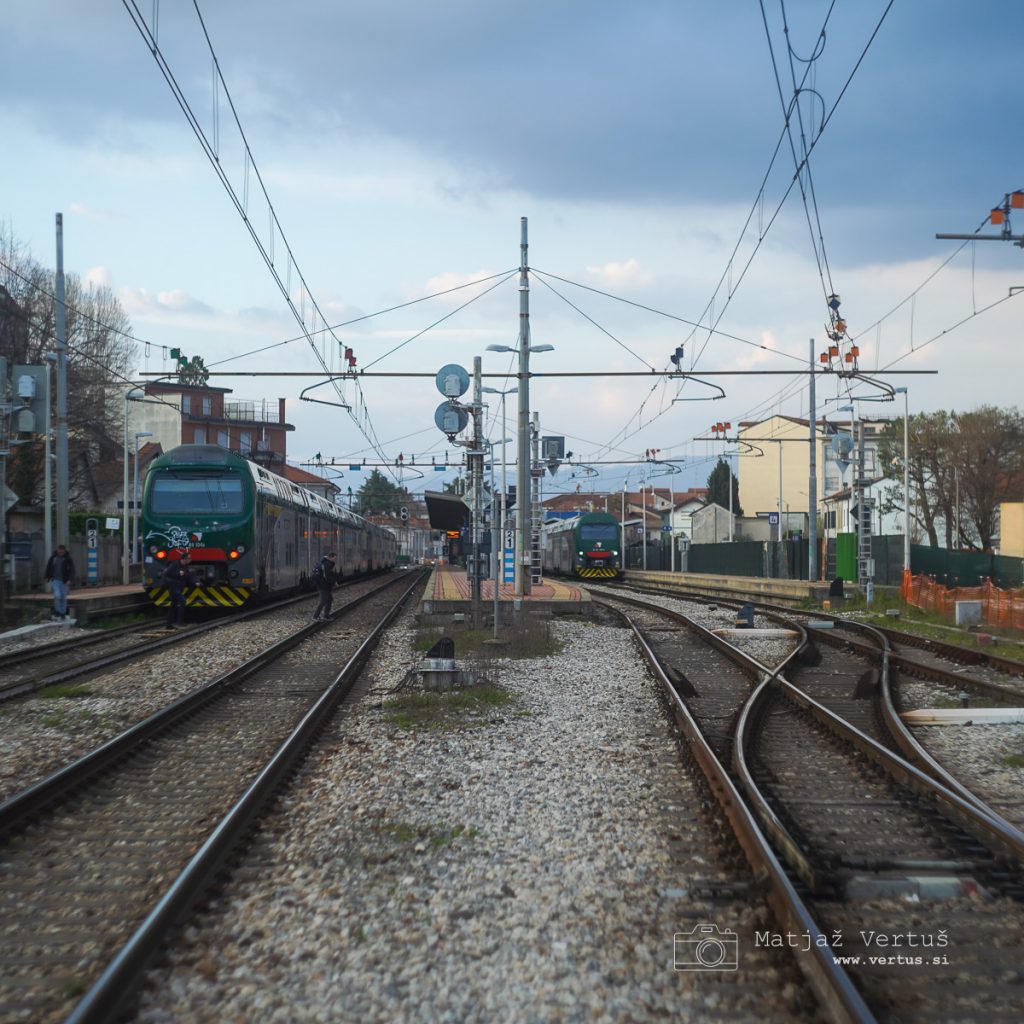
The seminar was a truly enriching experience that brought together representatives from Jesuit schools across Europe. Throughout the week, we exchanged stories, explored different educational contexts, and discovered the beauty and complexity of our cultural and linguistic diversity. My role during the seminar was to quietly capture moments on camera – taking both photographs and short video clips, as well as recording one full lecture. It’s always a subtle balancing act: staying as invisible and unobtrusive as possible, while still being bold enough to step in and catch the right angle or expression.
As one of the greatest photographers, Robert Capa, once said: “If your pictures aren’t good enough, you’re probably not close enough.” That quote often echoes in my mind while working – reminding me that the difference between a good shot and a great one often lies in the courage to get closer.
At the same time, I always have to stay aware of my surroundings and respect the space I’m in. There’s a fine line between being present and being intrusive – and navigating that tension is part of the art.
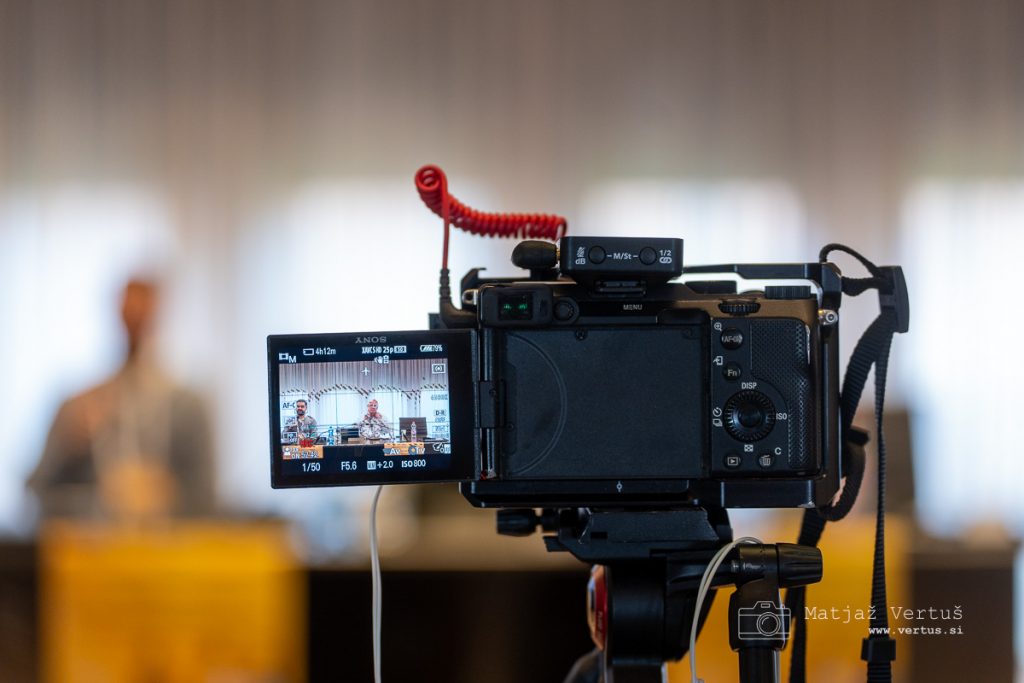
Languages facinates me and one of those moment happened while looking at our multilingual daily schedule.It included the word desayuno (Spanish for breakfast), which reminded me of the Italian word digiuno (fasting). While chatting with a Spanish colleague, we reflected on this idea of “breaking the fast” – like the English breakfast. I’ve always found these small linguistic connections so interesting.
It also got me thinking about how different languages express the idea of breakfast. In Slovene, zajtrk literally means “a meal for the morning” (za jutro). In German, Frühstück translates as “early piece” – a small portion eaten early in the day. In Croatian, doručak comes from words meaning “before lunch.” Later, while sitting at the Portuguese table, I learned that in Portuguese they call breakfast pequeno almoço, which literally means “small lunch.”And in Italian, colazione has a particularly interesting background – something I had never realized before. I just read this explanation (link), which describes how the word originates from the Latin collātiō, meaning “bringing together” or “conference.” In early Christian monastic traditions, a collatio referred to evening gatherings where monks read and discussed religious texts. After these meetings, they would share a light meal – which gradually became associated with the term. Over time, the timing of this meal shifted from evening to morning, leading to the modern use of colazione to mean breakfast.
Despite the packed agenda, the days didn’t feel exhausting. The energy of the people I was surrounded by, combined with the rare experience of having true free time after the sessions (unlike at home, where family and daily responsibilities are always waiting), gave me a sense of balance and space to reflect.
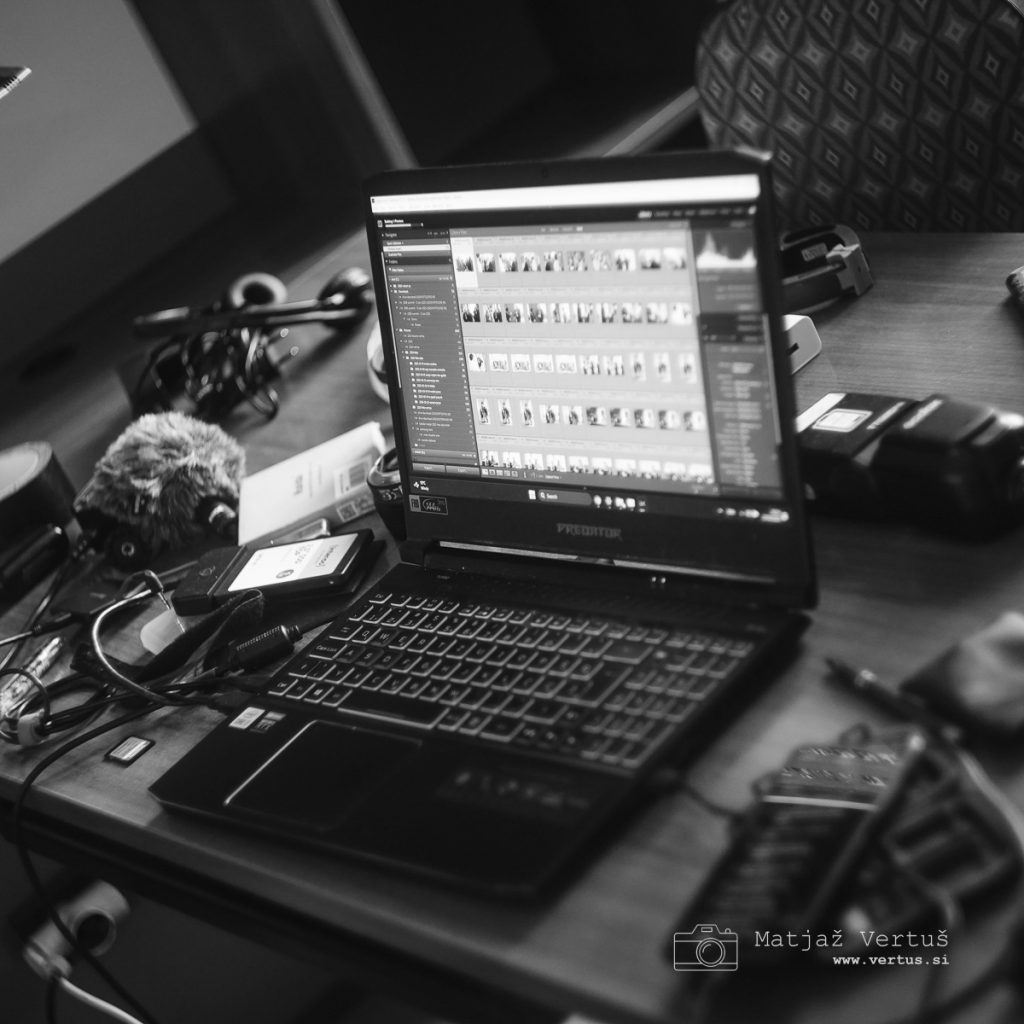
Another highlight of the week was spending our final day in Milan, where we enjoyed a guided city tour – a beautiful way to wrap up a meaningful week. To make it even more special, I had the chance to meet a friend from the language learning app Tandem, Yehuda, who now lives in Turin. He came to Milan to meet me, and it was our first time seeing each other in person after many online conversations. And I’m sure it won’t be the last.

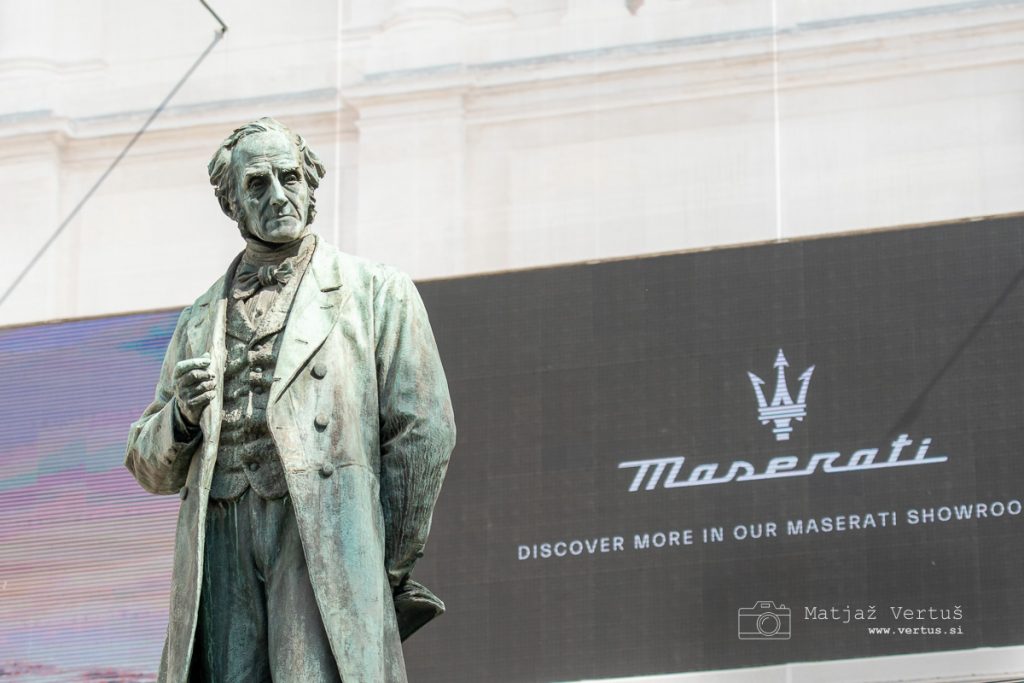
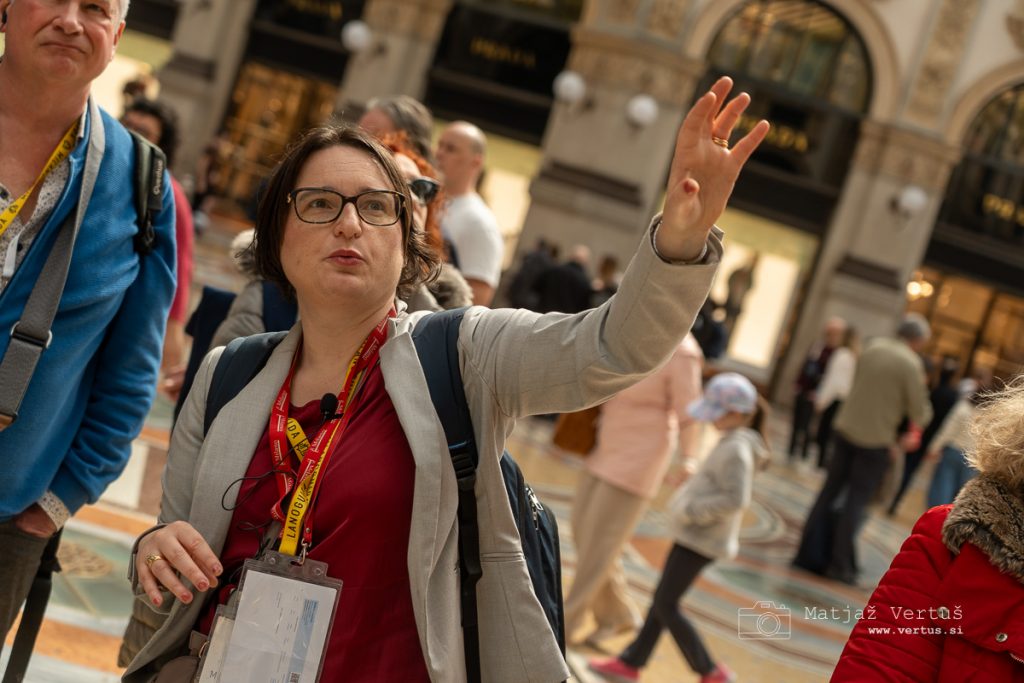
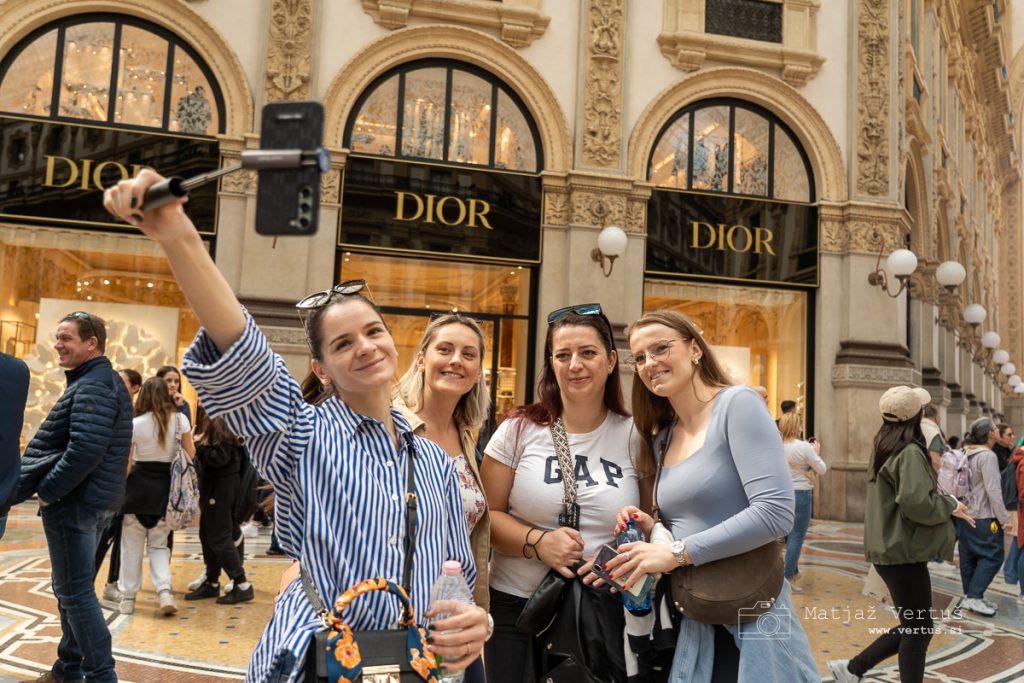
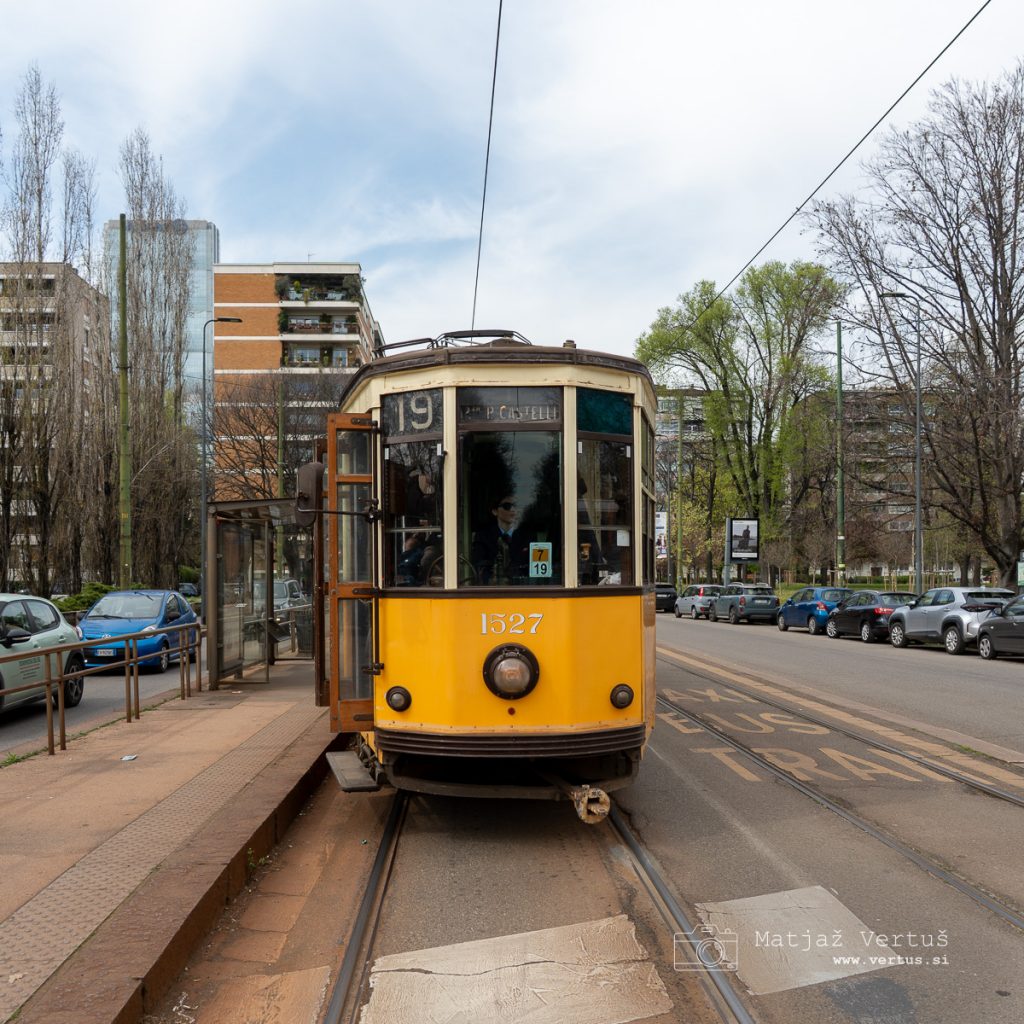
Grateful for these experiences, connections, and the chance to grow both personally and professionally.
I decided to share the photos I took during walks and free moments – just small glimpses of the atmosphere.
Feel free to connect or follow my journey as I continue working at the intersection of photography, videography, and music:
![]()
